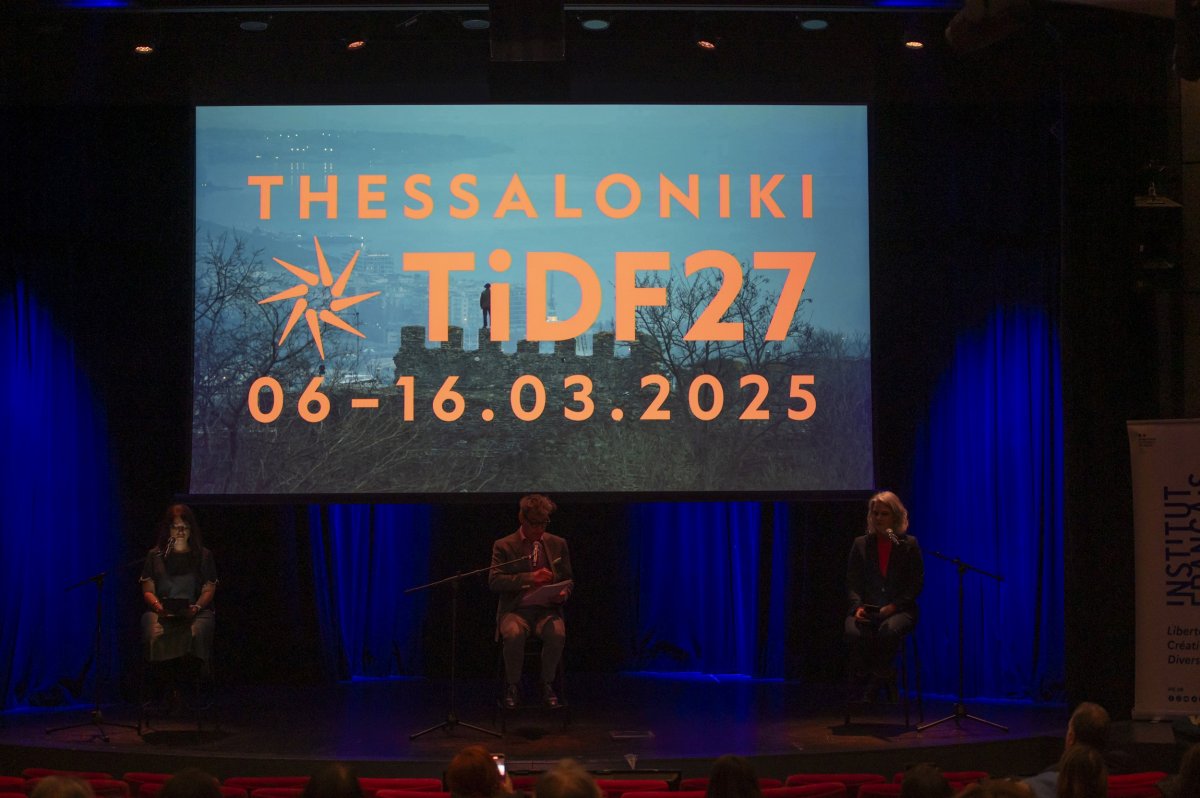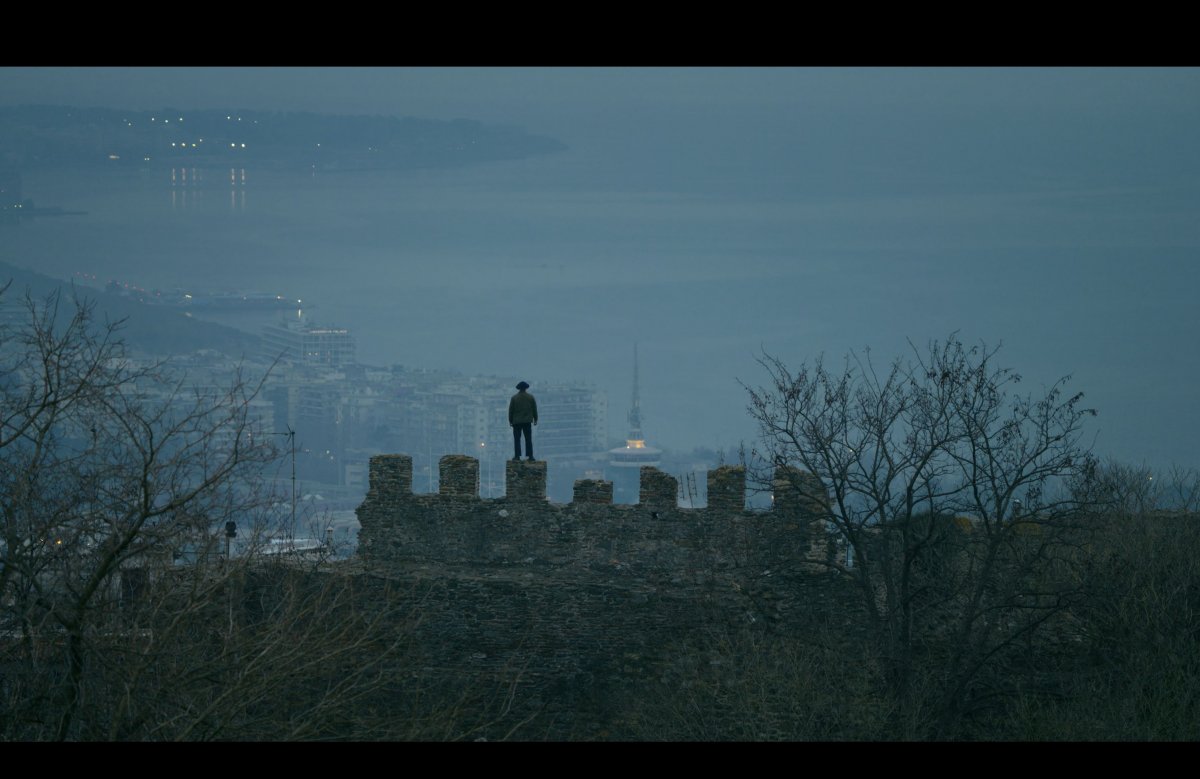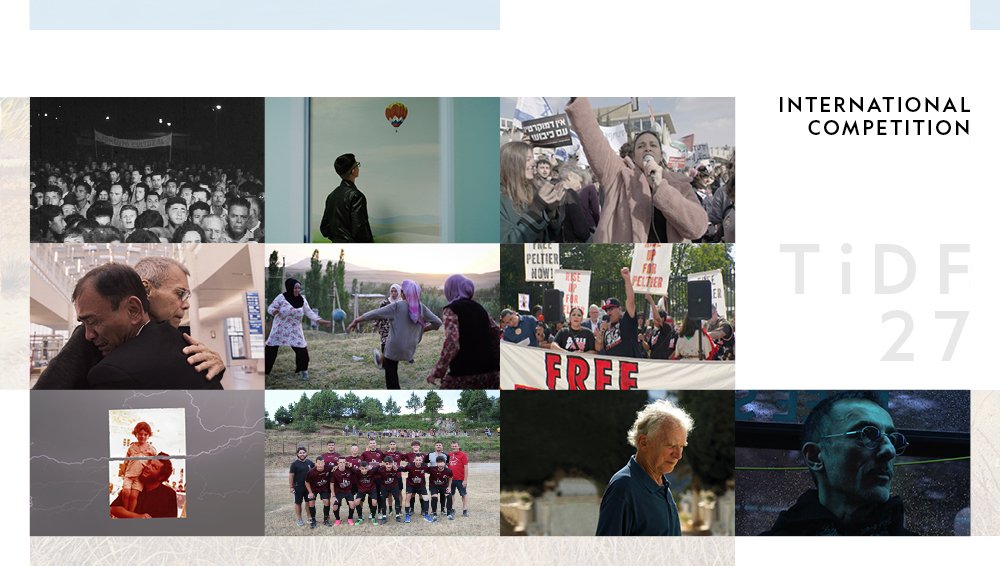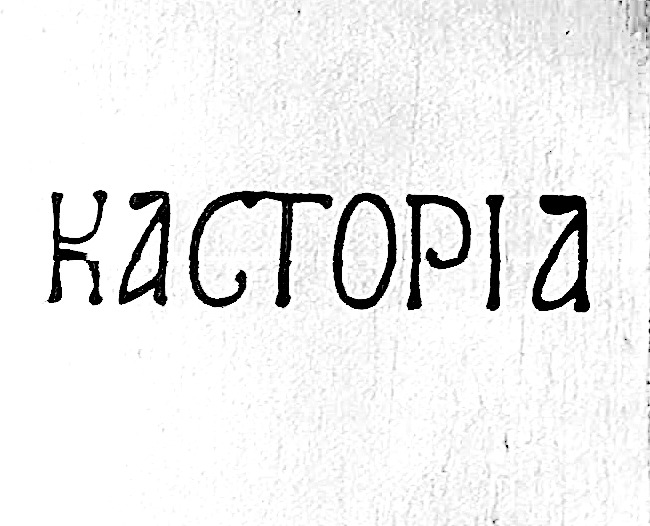50TH THESSALONIKI INTERNATIONAL FILM FESTIVAL
WHY CINEMA NOW?
November 13-22, 2009
INDEPENDENCE DAYS:
PINKU EIGA
The Independence Days section, curated by film critic Lefteris Adamidis and showcasing not only the newest developments in alternative/independent world cinema, but also fascinating and unexplored masters and genres of cinema, presents a tribute to Japanese Pinku Eiga (Pink film). The selection is presented in collaboration with Jasper Sharp, author of Behind the Pink Curtain and an expert in Pinku Eiga, who will attend the 50th TIFF to present the films.
Pink films are 35mm Japanese erotic films that appeared in the early 1960s and subsequently dominated the domestic market for the next two decades. As noted predominantly in the case of director Koji Wakamatsu, pink films used sadomasochistic and other fantasies as allegories for various –leftist– political themes. It needs to be noted, however, that whatever political and social allegations were found in pink films, they were not a result of didactic intentions, but a consequence of a general reaction to the oppressive and censoring regime of 60s Japan. In any case, even though their apparent subject is sex, historically and formally the origins of the pink films belong in the vibrant avant-garde scene of the time, much more so than in the adult video (AV) world. In the case of Pinku Eiga, the free expression of sexuality in the films was in itself an act of resistance, as well as a hugely creative outlet for those who made them.
While in the 1960s pink films were mostly made by small, independent studios, during the 1970s some of the major Japanese studios took over the already thriving Pinku Eiga industry. With a rise in production values and recognizable talent, the pink films became critical and popular successes; in 1971, Nikkatsu, the oldest studio in the country, launched its own brand of pink, the Roman Porno series, which were extremely successful. Even though the pink film production was afflicted in the 80s by the AV industry, films of the genre are still being produced, largely thanks to a strong network of production, distribution and exhibition.
Koji Wakamatsu, perhaps the most important personality in the Pinku Eiga history, returned to the spotlight in the 2008 Berlinale with United Red Army, an epic chronicle of Japan’s extreme left movement and the titular terrorist group, touching on historical issues hushed up by state censorship. In 1965 Wakamatsu attended the Berlinale with the pink Secrets Behind the Wall, after which he created Wakamatsu Productions and established an extremely prolific career, which included co-producing Nagisa Oshima’s In the Realm of the Senses. Although United Red Army is not a pink film, it is a culmination of his rough, politically charged oeuvre; as the director himself states, his concern was and is “the fight against authoritarianism [and] the individual hate and revenge against authority and repression”.
Another pioneer of pink cinema, Mukai Kan, enjoyed an even more productive career than Wakamatsu, having directed 200 films and produced about 500 pink, action and more mainstream films. His Blue Film Woman was one of the first pink films to be shot in color widescreen and it makes for a fascinating illustration of pink cinema because of its stylization; elements such as projections of sexy images on naked women, color filters on the lights, strobe effects and funk music give the film a psychedelic sheen.
On the contrary, Mamoru Watanabe’s Secret Hot Spring Resort: Starfish at Night is one of the pre-70s examples of pink films that were shot partly in color and partly in monochrome due to budgetary restrictions. Watanabe, considered to be one of the most important of the first wave of pink film directors, became renowned for his interest in intricate plot details and narrative, as well as his talent in discovering new actors.
Masao Adachi was the main scriptwriter of Wakamatsu Productions and directed a number of his own films, many of which belonged in the underground 60s scene and not strictly in the pink genre. Adachi left for Beirut in 1974, where he joined the Japanese Red Army in its support of the Popular Front for the Liberation of Palestine; extradited to Japan in 2000 he made his comeback film, Prisoner/Terrorist, in 2005. Gushing Prayer, which will be screened during the 50th TIFF, is an allegory for the political turmoil of the time through the story of an erotic foursome of students.
Noboru Tanaka started working in the Nikkatsu studios as an assistant director for master filmmakers such as Seijun Suzuki and Shohei Imamura. He is regarded as the most sophisticated of Nikkatsu’s Roman Porno directors and his films are celebrated for their inventive use of color and poetic imagery within the settings of a brutal world. Watcher in the Attic and Beauty's Exotic Dance: Torture! are the second and third parts of his famous cinematic Taisho trilogy that was both a critical and a box-office success.
Tatsumi Kumashiro was the most successful of the Roman Porno directors; he took advantage of the artistic freedom that Nikkatsu allowed and for two consecutive decades he shot a massive number of films that all became financial and critical hits. Woods are Wet represents the extremes of the genre, with scenes reminiscent of Marquis De Sade’s fantasies of sex and depravity; in general, however, Kumashiro’s films are renowned for his portrayals of strong and vibrant women.
THE FILMS:
Secret Behind the Walls (Kabe no naka no himegoto), Koji Wakamatsu, 1965
Blue Film Woman (Blue film no onna), Mukai Kan, 1969
Running in Madness, Dying in Love (Kyosojoshiko), Koji Wakamatsu, 1969
Shinjuku Mad (Shinjuku maddo), Koji Wakamatsu, 1970
Secret Hot Spring Resort: Starfish at Night (Maruhi yu no machi: yoru no hitode), Mamoru Watanabe, 1971
Gushing Prayer: A 15-year old virgin (Funshutsu kigan: 15sai no baishunfu), Masao Adachi, 1971
Woods Are Wet (Onna jigoku: mori wa nureta), Tatsumi Kumashiro, 1973
Secret Chronicles: She Beast Market (Maruhi - Shikijo mesu ichiba), Noboru Tanaka, 1974
Watcher in the Attic (Edogawa rampo ryoki-kan: Yaneura no sanpo sha), Noboru Tanaka, 1976
Beauty's Exotic Dance: Torture! (Hakkinbon bijin ranbu yori: Semeru!), Noboru Tanaka, 1977
United Red Army (Jitsuroku rengo sekigun: Asama sanso e no michi), Koji Wakamatsu, 2007















